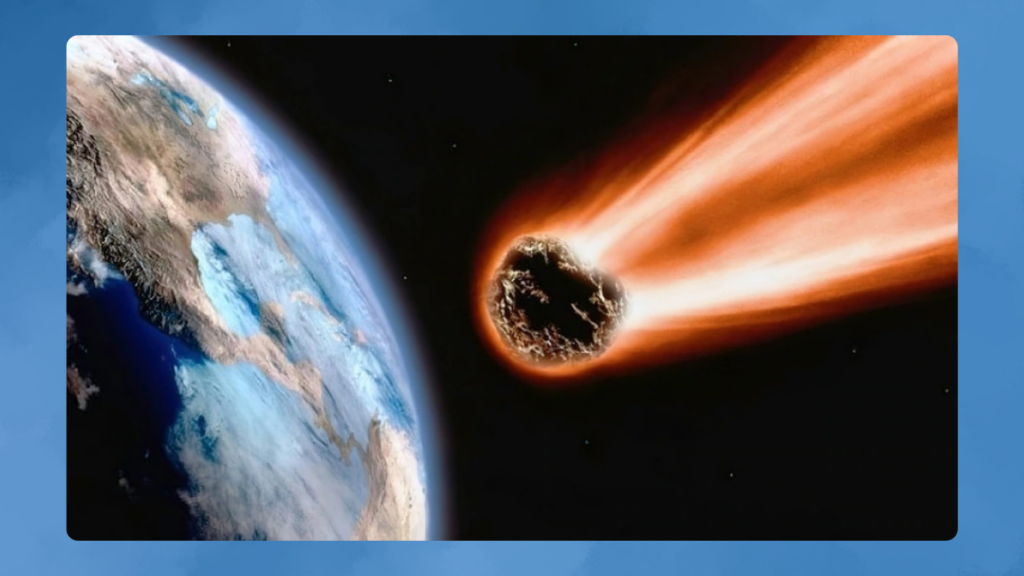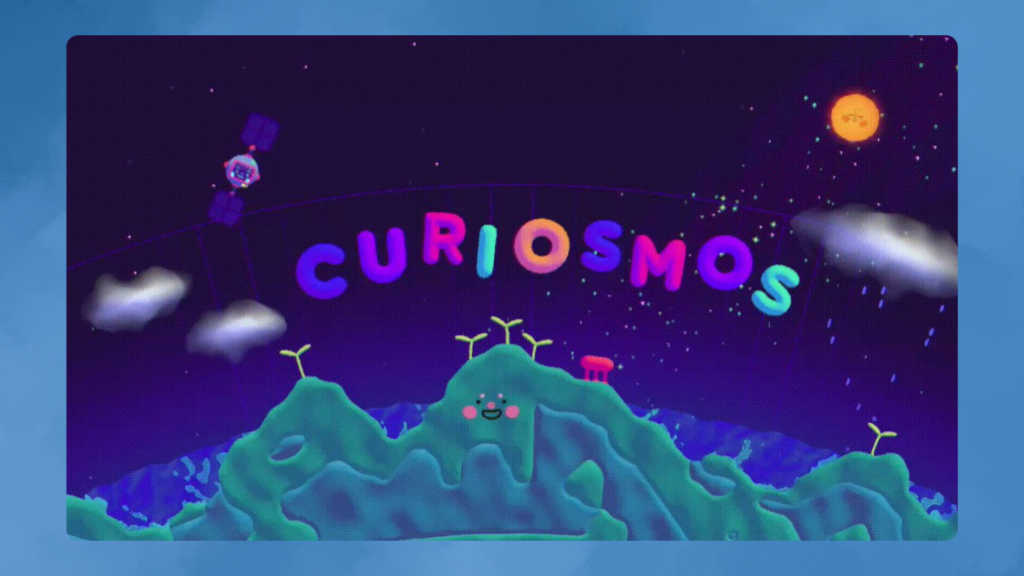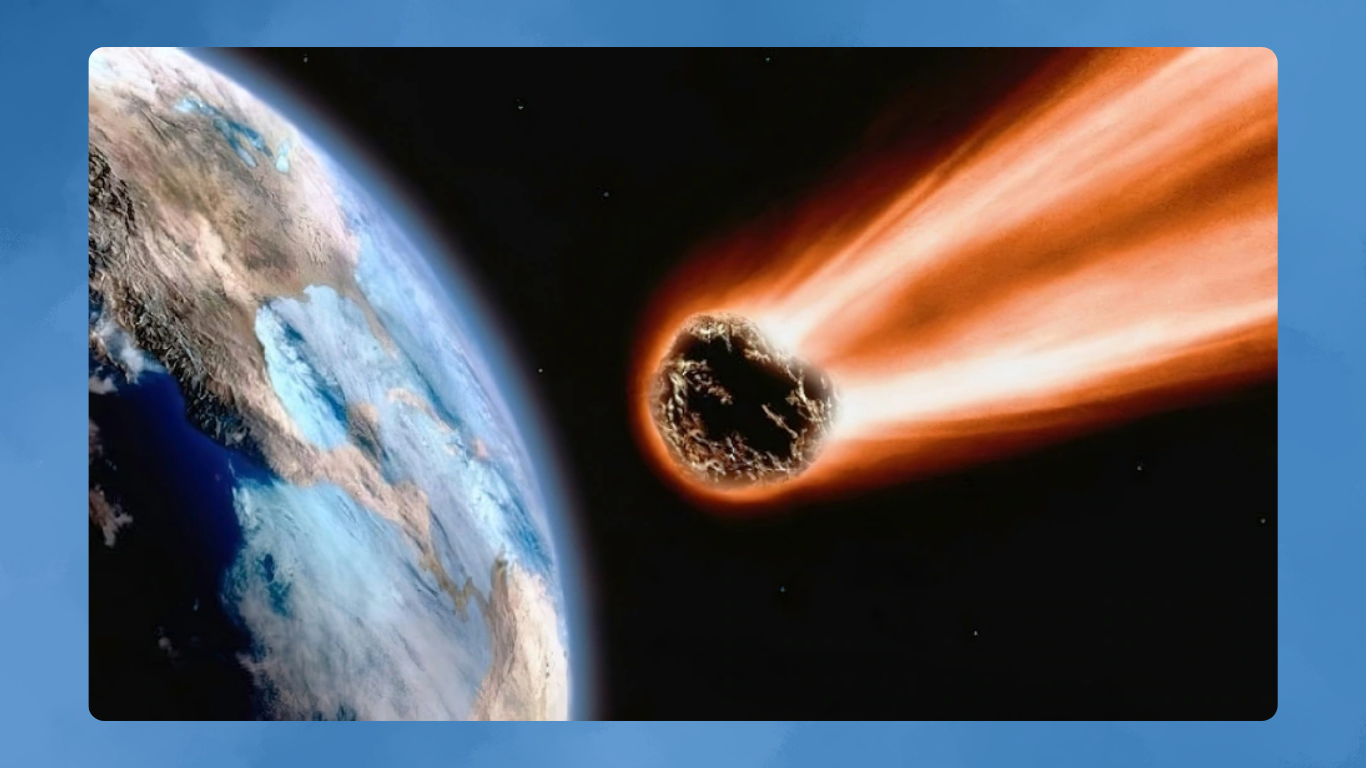Meteors zooming at mind-blowing speeds, glowing balls of hot gas, and black holes where even light gets trapped—outer space can be terrifying. But for Céline Veltman, a 28-year-old game developer from the Netherlands, it’s pure magic. As a kid, she loved stargazing, and now she’s turning that passion into a video game with a massive goal: creating an entire solar system. In her game, rocks smash together, chemicals react, and boom—a planet and life are born.

Curiosmos, her game, looks like a colorful children’s book, a deliberate choice that matches Veltman’s vision. “I want everyone to be as excited about space as I am,” she says, lighting up as she talks about supernovae and protoplanetary disks.
The idea struck Veltman back in 2018 when she was visiting a friend with two young kids. The kids kept asking for her iPad, and Veltman started thinking about what kind of game she’d want them to play. She imagined a fun, silly game about astronomy that could make them laugh and teach them about the universe.
From her cozy studio in Utrecht, filled with her sculptures, Veltman explains how this whimsical space adventure is backed by solid physics and programming from her teammates, Guillaume Pauli and Robin de Paepe. Curiosmos is all about interconnected systems that lead to surprising results: asteroids can blast open parts of a planet to reveal a molten core, clouds can create perfect conditions for plant life, and soon, weird creatures begin to roam. It has a bit of the feel of the 2008 game Spore, but Veltman is inspired by the quirky designs of Keita Takahashi (known for Noby Noby Boy and Wattam), bringing “goofy, out-of-the-box concepts” to life.

Turning the complex mysteries of the universe into a game hasn’t been easy. “Sometimes I almost regret it,” Veltman laughs, trying to decide what’s essential to include. Magnetic fields didn’t make the cut, but rings of debris did. People need to see that “planets can also be fragile—they might just turn into a big pile of dust,” she says with a grin.
Despite the potentially heavy themes, Curiosmos is designed to feel good to play. Flinging asteroids feels satisfying, and when terrain explodes, it does so with a delightful plop. Veltman, who dabbles in pottery, knows the importance of touch. The planets in Curiosmos even look like they’re made of clay.
Curiosmos is more than just a game for Veltman; it’s personal. “I realized during development that I was sad about becoming an artist instead of a scientist,” she shares. The game is her way of bridging that gap, to “mean something in the sciences by creating art.”
She hopes Curiosmos will have an impact similar to the YouTube channel In a Nutshell, which makes complex scientific ideas accessible to its 22.5 million subscribers with videos of “optimistic nihilism.” Curiosmos has that same vibe—it aims to make the strange and mysterious aspects of the universe “accessible to everyone.” Veltman hopes it will inspire many new stargazers.
Looking ahead, Veltman dreams of turning Curiosmos into an educational tool. She envisions collaborations with teachers and scientists to enrich the game’s content and keep it scientifically accurate. Future updates could include virtual tours of cosmic phenomena, interactive lessons on how celestial bodies form, and more detailed simulations of planetary ecosystems. Her ultimate goal? To create a platform that not only entertains but also educates and inspires the next generation of scientists, artists, and space lovers.

Subtly charming pop culture geek. Amateur analyst. Freelance tv buff. Coffee lover
